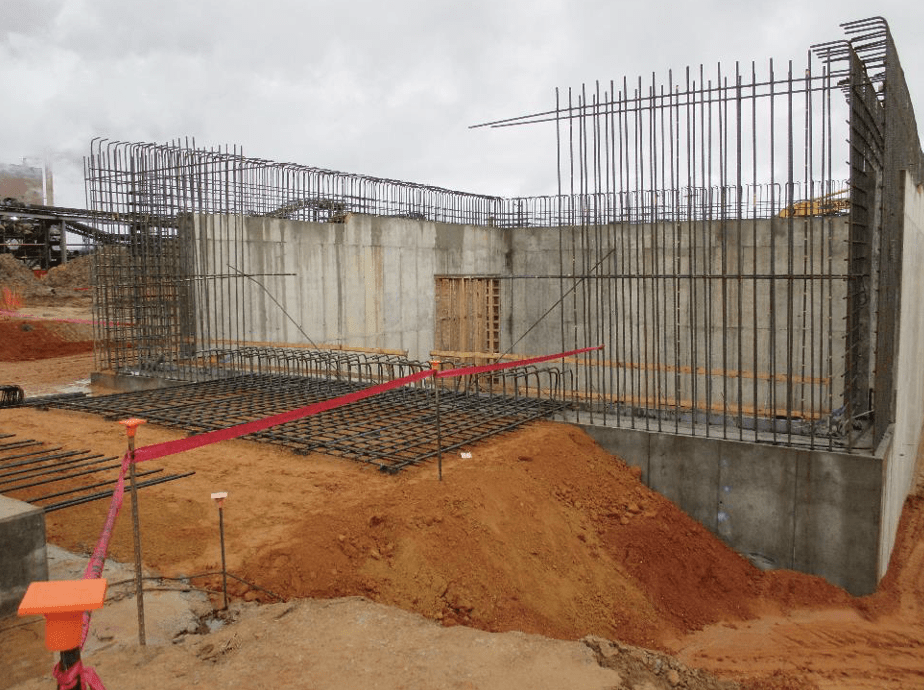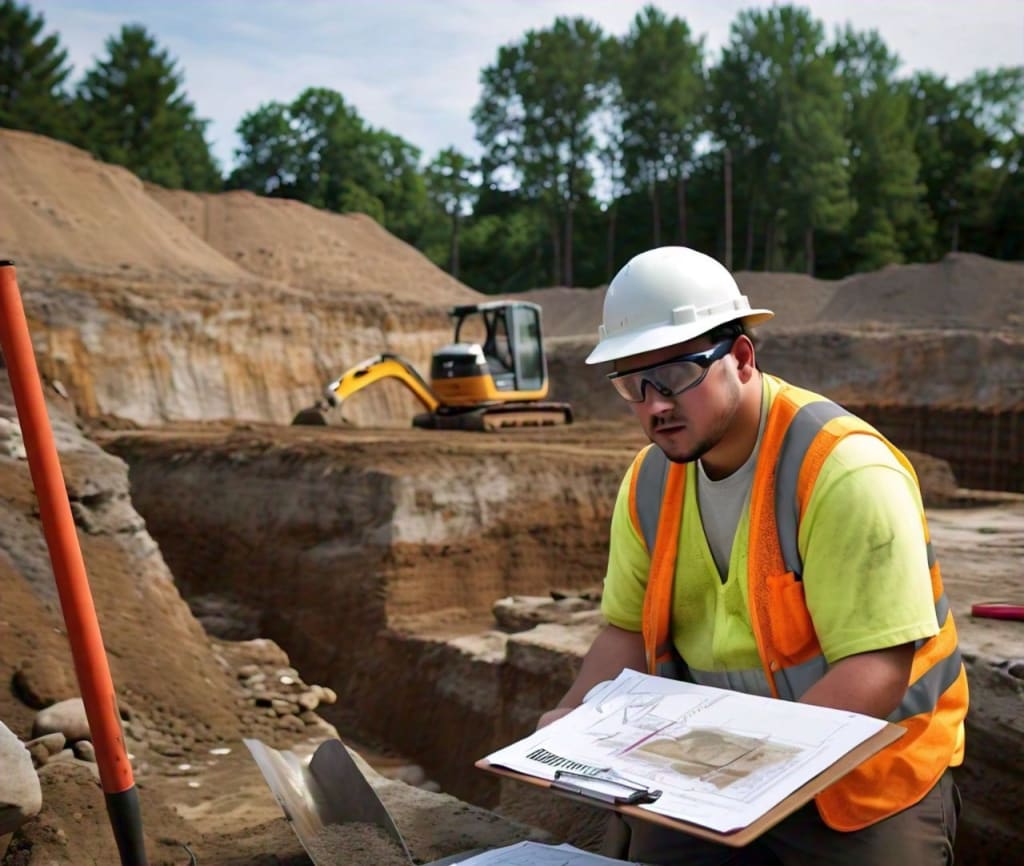Exploring the Important Function of Consulting Engineers in Geotechnical Projects: An Extensive Introduction of Their Contributions and Responsibilities
Consulting designers work as essential figures within geotechnical tasks, tasked with the complex duties of evaluating subsurface conditions and making certain the structural integrity of constructions. Their competence not only shapes layout criteria and regulative conformity however likewise facilitates critical interaction among various stakeholders, thereby boosting project outcomes. The intricacy of their function is more highlighted by the demand for positive threat monitoring approaches and ecological factors to consider. As we explore the complex contributions of seeking advice from designers, it ends up being noticeable that their participation is important to browsing the challenges intrinsic in geotechnical endeavors. What particular methods do these specialists employ to protect project success?
Overview of Geotechnical Design
Geotechnical engineering is a crucial self-control within civil engineering that concentrates on the habits of earth materials and their interaction with structures. This area includes the study of soil, rock, groundwater, and the mechanics regulating their homes and behaviors. Geotechnical engineers examine the physical and chemical buildings of these products to determine their viability for various construction projects, guaranteeing that frameworks are founded on steady and reputable ground.

Furthermore, geotechnical designers must take into consideration environmental factors, such as soil contamination and groundwater monitoring, to promote lasting advancement. Their competence is necessary in enhancing the layout and construction procedures, eventually adding to the durability and safety of civil design tasks.
Key Responsibilities of Consulting Engineers

Furthermore, they are in charge of creating design specifications and specs that comply with governing standards and ideal practices. This includes assessing site conditions and determining proper building and construction methods, which is vital for lessening threats connected with ground instability.
Consulting designers also work as liaisons between different stakeholders, including clients, contractors, and governing bodies, facilitating clear interaction and cooperation throughout the job lifecycle. consulting civil engineering companies. Additionally, they provide expert support throughout building and construction, making certain that geotechnical facets are sufficiently addressed which any image source unforeseen obstacles are managed efficiently. Ultimately, the multifaceted responsibilities of getting in touch with engineers are fundamental to the stability and success of geotechnical tasks, influencing both safety and sustainability in building methods
Site Analyses and Examinations
An extensive site assessment is crucial for recognizing the subsurface conditions that affect geotechnical tasks. Consulting engineers play a critical duty in performing these evaluations to make certain the security and stability of construction activities. This procedure commonly entails a collection of examinations, consisting of dirt tasting, borehole exploration, and geophysical studies, to collect important information on dirt properties, groundwater levels, and the geological context of the website.
Engineers examine the gotten information to determine the prospective difficulties positioned by the subsurface conditions, such as soil instability or high groundwater degrees, which can influence the layout and execution of the job. Additionally, site analyses aid in examining the existence of contaminants, which is essential for environmental conformity and making certain public security.
Additionally, getting in touch with designers collaborate with multidisciplinary groups to integrate findings from site investigations right into wider project objectives. With extensive documentation and reporting, they give necessary insights that educate stakeholders concerning the suitability of the website for suggested developments. Inevitably, the thoroughness of site analyses lays the foundation for effective preparation and engineering remedies, mitigating dangers related to unpredicted subsurface conditions.
Layout and Risk Monitoring
After carrying out comprehensive site evaluations, speaking with designers concentrate on the style and risk administration aspects of geotechnical jobs. This stage is vital as it ensures that the engineered services are not just effective however also risk-free and lasting (consulting civil engineering companies). Engineers utilize their knowledge to create designs that deal with the details geotechnical conditions determined throughout the website assessments, consisting of dirt residential properties, groundwater actions, and potential dangers
Threat management is essential to this procedure, as it entails identifying, evaluating, and mitigating prospective threats linked with the project. Engineers utilize different logical approaches and modeling techniques to predict the habits of soil and rock under different loading problems. By reviewing unpredictabilities and potential failure modes, they can propose layout modifications that improve stability and decrease risk.
In addition, seeking advice from designers make certain conformity with appropriate codes and criteria, which are necessary for reducing obligations. recommended you read They additionally prepare contingency strategies to resolve unanticipated obstacles that might emerge throughout building and construction. Via careful visit our website style and positive danger management, speaking with engineers play a vital role in ensuring the safety and security, capability, and longevity of geotechnical projects, ultimately adding to the overall success of the construction venture.
Partnership With Project Stakeholders
Effective collaboration with project stakeholders is essential for the success of geotechnical jobs. Consulting designers play a critical role in helping with communication among numerous parties, including customers, service providers, governing authorities, and ecological professionals. This partnership makes sure that all stakeholders have a clear understanding of project purposes, timelines, and possible threats.
Consulting engineers are responsible for incorporating stakeholder input into the layout and execution of geotechnical solutions - consulting civil engineering companies. By proactively engaging with stakeholders, they can determine concerns early in the task lifecycle, enabling prompt adjustments and mitigating possible conflicts. This aggressive method not just fosters count on however likewise boosts task performance
In addition, speaking with designers should browse the complexities of regulative conformity, guaranteeing that all geotechnical methods align with legal and ecological criteria. Their experience in this area is critical in maintaining open lines of communication with regulative bodies, thus promoting smoother approvals and permitting procedures.
Verdict
